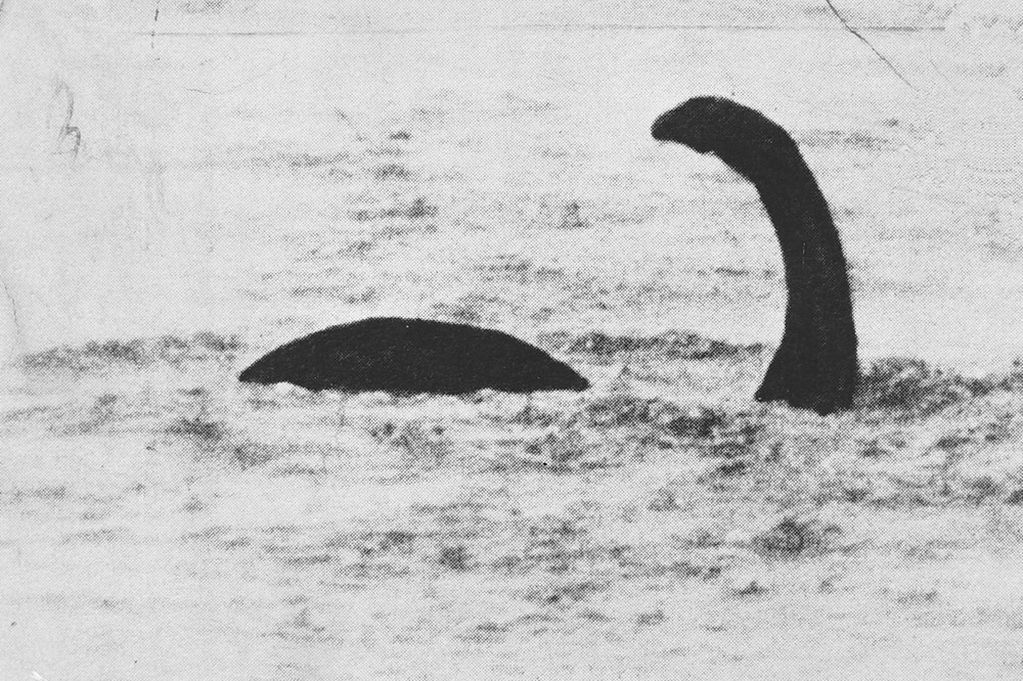Letölthető tartalmak
Listen to the article and decide if the statements are TRUE or FALSE.
1) Not many people believe that the Loch Ness monster is a surviving dinosaur.
2) Dr. Piccardi says that descriptions of the monster often include geological data.
3) Scotland is well known for its very large and active fault line and earthquakes.
4) According to Dr. Piccardi people mistook the effects of earthquakes for the loch monster.
5) Other scientists say that even the biggest Scottish earthquake was not big enough to explain the Nessie sightings.
Answer: 1) F, 2) T, 3) F, 4) T, 5) T
The Loch Ness monster is nothing more than bubbles: Italian scientist claims Nessie is simply a geological phenomenon. Dr Luigi Piccardi believes that there is no shy and ancient monster residing in Scotland’s most famous Loch. Popular opinion is divided about whether a surviving plesiosaur lives in Loch Ness or whether the modern myth of the monster is the result of a string of elaborate hoaxes. The geologist, from the Consiglio Nazionale delle Ricerche in Florence, said that historical descriptions of the monster often include details of the earth shaking. He claims that sightings of the monster are linked to bubbles rising from the bottom of the Loch caused by seismic activity along the Great Glen fault system, which runs beneath. Although people may not associate Scotland with earthquakes, Luigi said that the fault line is ‘very large and very active’. Dr Piccardi said that there were a number of reported sightings of Nessie in the 1930s that coincided with seismic activity along the Great Glen fault line. ‘I think it’s an obvious description of what really happened…with increased activity of the fault, in reality people have seen the effects of the earthquakes on the water,’ he said. He believes that his theory can be applied to over 3,500 Nessie sightings. Unlike Dr Piccardi, some geologists have said that earthquakes did not coincide with the explosion of Nessie sightings in the 1930s. They have also claimed that Scotland’s most violent earthquakes were too weak to cause noticeable ripples of the surface of the loch.
source: dailymail.co.uk
monster– szörny
bubble – buborék
to claim – állítani
phenomenon – jelenség
shy – félénk
ancient – ősi
to reside – lakni
divided – megosztott
to survive – túlélni
string – (hosszú) sor
elaborate – alapos, kidolgozott, bonyolult
hoax – megtévesztés, tréfa, beugratás
historical – történelmi
description – leírás
detail – részlet
sighting – észlelés, megfigyelés
to rise – emelkedni
fault – vetődés, törésvonal
earthquake – földrengés
to coincide – egybeesni
obvious – nyilvánvaló, egyértelmű
increased – megnövekedett, fokozott
effect – hatás
theory – elmélet
to apply – alkalmazni
explosion – robbanás
violent – erőszakos, vad, erőteljes
weak – gyenge
to cause – okozni
noticeable – észrevehető, megfigyelhető
ripple – fordozódás, hullám
surface – felszín







